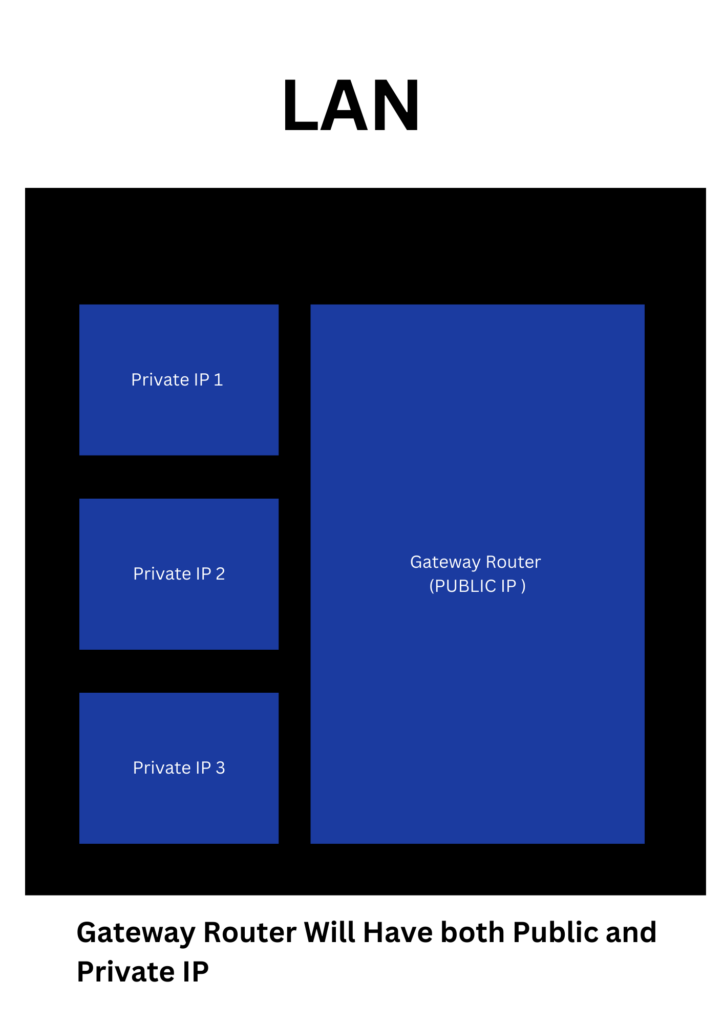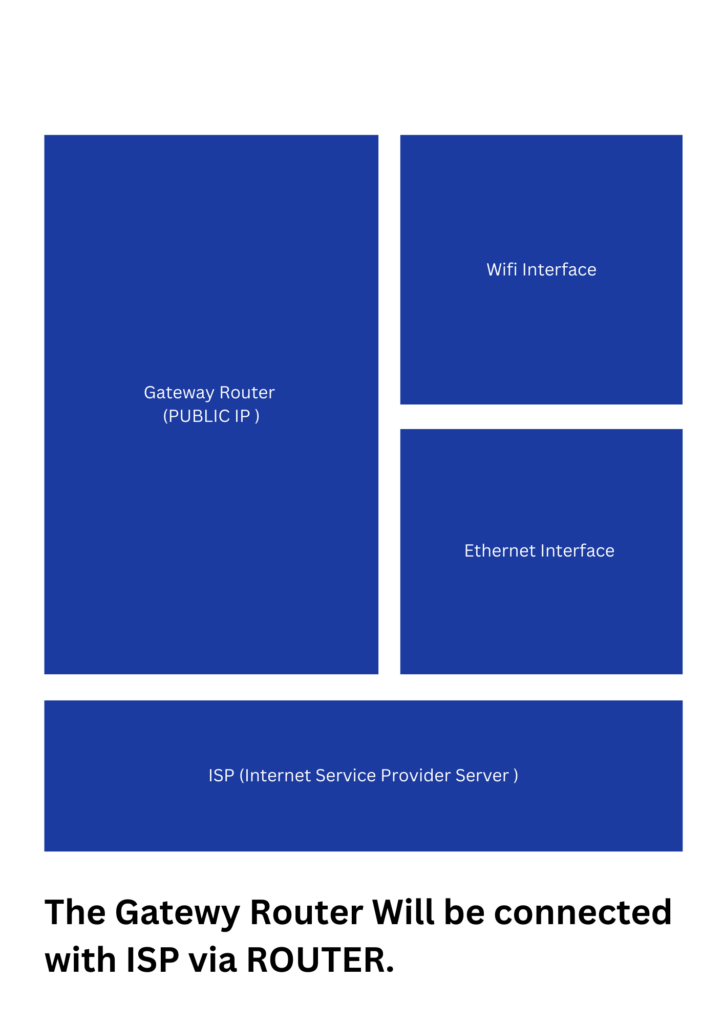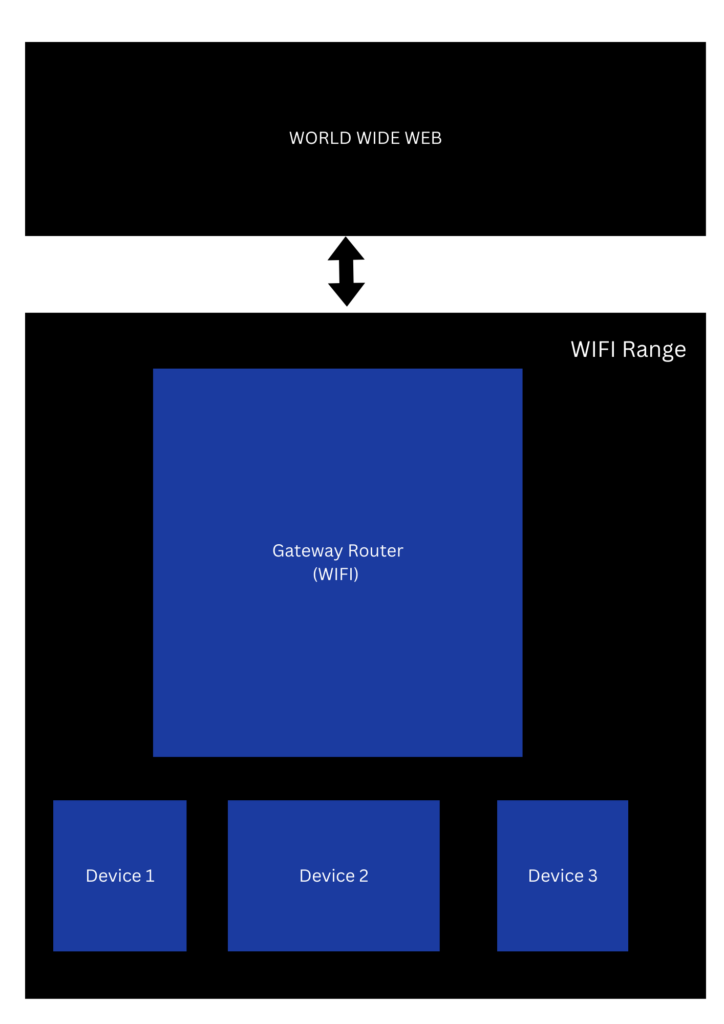LAN (local area network) is a set of devices that are connected with each other locally, LAN can be established via ETHERNET and WIFI, and LAN SERVERS CAN BE CONNECTED AND SYNCHRONIZED WITH EACH OTHER via LAN CLIENTS.
LAN consists of devices that are clustered together in a physical layer, LAN doesn’t cover large geographical areas like in the case of WAN and MAN, LAN network consists of multiple components: CABLES | ACCESS POINTS | SWITCHES | ROUTERS
All the network devices are connected with each other in LAN, VLAN, and WLAN networks via LAYER 2 and LAYER 3 Switches.
In an office setup, each department can have a respective LAN and many LANs can be interconnected with each other internally or externally, the interdepartmental LANs are well connected with each other via network software integrations. LAN with Ethernet was connected to all the LAN servers/ clients.
LAN client is needed to connect LAN servers together, and with the inception of WIFI TECHNOLOGY, LAN spread like fire in enterprise and retail computing space. We can divide LAN into two types
- CLIENT-SERVER LAN
- PEER-TO-PEER LAN
Client / Server Model
In the client/server LAN system, all the devices in the local area network are connected to a central server, which is responsible for File management, FILE STORAGE, application access, NETWORK TRAFFIC, and device access management. The client servers support the wire and wireless medium, mid-size/large business integrates client/server LAN models at scale.
Peer-to-Peer Model
Peer-to-peer LAN setup will be a pure peer-to-peer connection, It will not be able to handle higher workloads like in the case of client/server LAN, the devices can share data via wire and wireless medium of data transmission.
The WLAN can have a base station or can run in an ad-hoc way, the base station is a router that is connected with all the endpoints with networking capabilities. In ad-hoc each endpoint will be able to connect on their own with other devices without the need for the base station.
WLAN connections : Adhoc | Base Station Ethernet LAN is considered more safe than WLAN, as wired channels are considered much more secure and consistent as they are less prone to interference, data corruption, and man-in-the-middle attacks.
WLAN IS ENCRYPTED AND COMMON SECURITY METHODS INCLUDES wep | wpa | wpad. WLAN is supported by all the devices in the market with wireless capabilities.
WLAN is much more scalable, and cost-effective in nature plus network management and cable management are much easier as compared to Ethernet-based LAN setups.
Cabling for LAN has evolved drastically and now the optical fiber network is connected with LAN endpoints. LAN networking leverages ETHERNET CABLES, LAYER 2 SWITCHES, AND LAYER 3 SWITCHES. Virtual LAN needs layer 3 switches to connect with other devices and create logical networks. There are 2 ways to establish VLAN: Static and Dynamic.
LAN is leveraged by enterprises in order to communicate data and carry out outer networking activities among internal and external departments.
- 1 ST PARTY CONNECTIONS
- 3 RD PARTY CONNECTIONS
LAN is local area-based devices connected with each other locally via routers, and switches and is prone to ON PREMISE NETWORK AND INFRA ATTACKS, mitigation, mechanism needs to be implemented. It’s geographic limits (1 to 5), LAN speed is higher, LAN is operated and managed by Ist party.
Diagrams



The article above is rendered by integrating outputs of 1 HUMAN AGENT & 3 AI AGENTS, an amalgamation of HGI and AI to serve technology education globally.